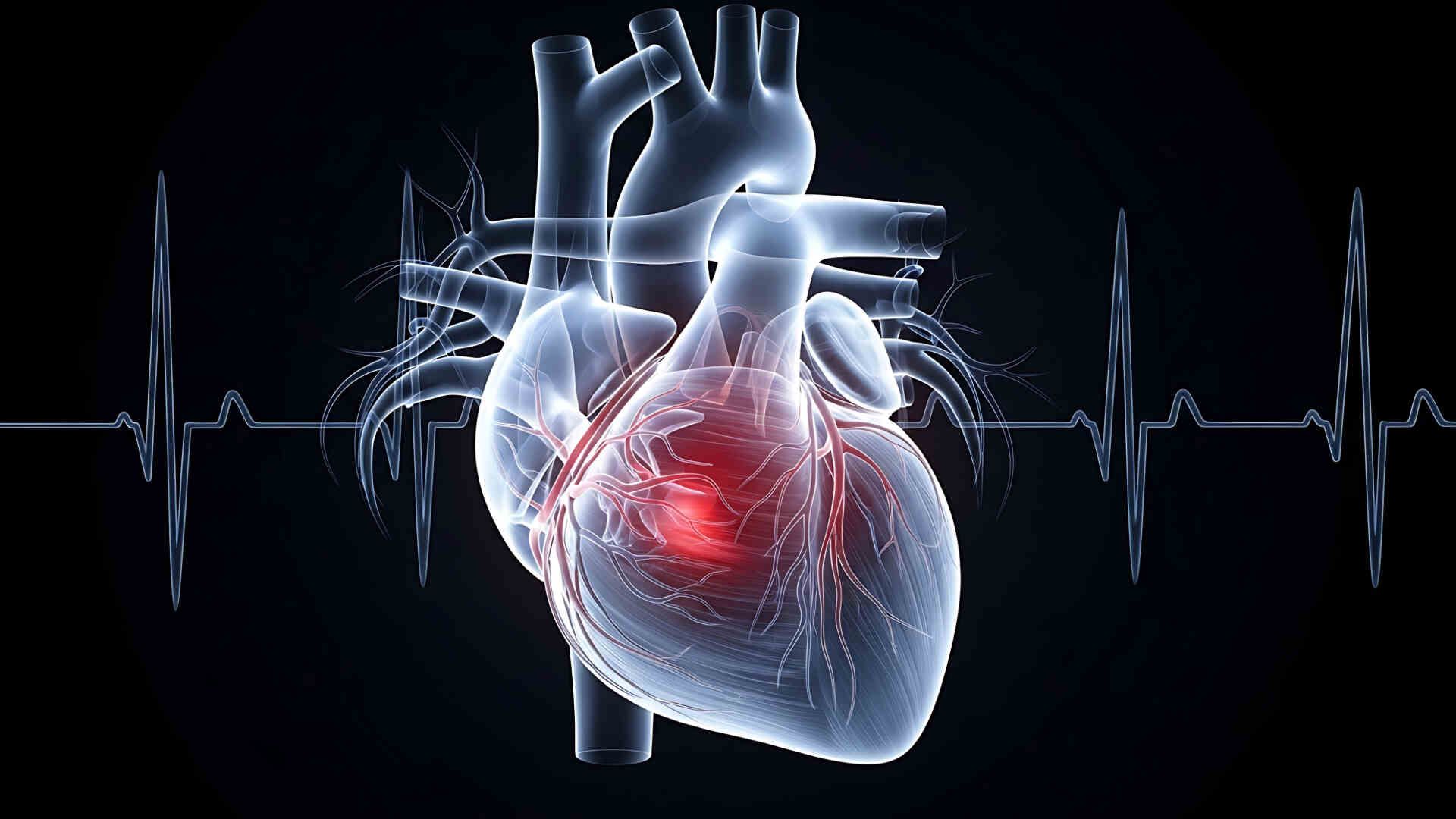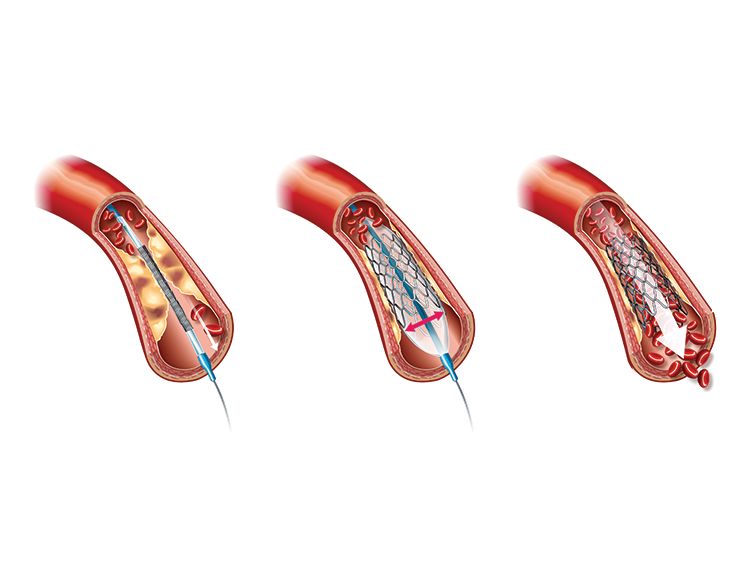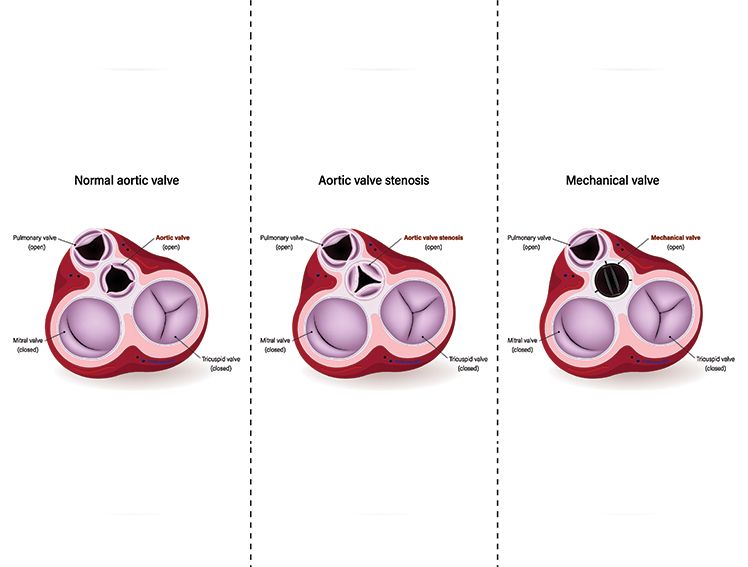
Heart Blockage vs. Heart Attack: What's the Difference?
Introduction
When it comes to heart health, two terms that often confuse people are heart blockage and heart attack. Even though they both involve the heart and blood flow, they're not the same. They happen in different ways and affect the body differently. Knowing the difference isn't just helpful—it can actually save a life. It can help you make better decisions and take the right action at the right time.
Let's walk through what they really mean, how they feel, and how you can stay one step ahead with a few healthy habits.
What Is a Heart Blockage? Causes and How It Develops
A heart blockage happens when the arteries that carry blood to your heart get narrow or completely blocked. These are called coronary arteries. Over time, they can get clogged up with fatty stuff called plaque. This condition is often known as coronary artery disease.
Plaque consists of lipids (cholesterol), fibrous tissue, calcium, inflammatory cells, and a fibrous cap. As it builds up, it makes the arteries tighter and harder, which means less blood and oxygen reach your heart. That's when you might start feeling chest pain or other discomforts.
Why does this happen? It can be due to things like eating unhealthy food, not moving enough, smoking, too much stress, high blood pressure or cholesterol, and even family history. Many of these causes can be controlled with simple, healthy lifestyle changes.
What Is a Heart Attack? What Happens During One
A heart attack, also called a myocardial infarction, happens when blood flow to a part of the heart suddenly gets blocked completely. This usually happens when a piece of plaque inside an artery breaks open and a blood clot forms around it. That clot stops oxygen-rich blood from reaching the heart.
When the heart doesn't get oxygen, the heart muscle starts to get damaged—and this can begin in just a few minutes. That's why a heart attack is always an emergency, and getting help fast is super important.
According to the World Health Organization (2024 update), cardiovascular diseases remain the leading cause of death globally, claiming ~18.6 million lives annually (WHO, 2024).[1]
The main difference here is that a heart blockage builds up slowly over time, but a heart attack strikes all of a sudden and can be life-threatening right away.
How a Heart Blockage Can Lead to a Heart Attack
A heart blockage is one of the main reasons a heart attack happens. Here's how: when the plaque inside an artery suddenly ruptures, your body thinks it's an injury and quickly tries to fix it by forming a clot. But instead of helping, that clot can completely block the artery.
Once the blood flow is cut off, the part of the heart that was getting blood from that artery starts to suffer. Without oxygen, the heart muscle begins to die. If doctors don't open the artery fast enough, the damage can become permanent.
So, a heart blockage isn't just something to keep an eye on—it can turn into a full-blown heart attack if it's not treated in time.
Heart Blockage vs. Heart Attack: Key Symptoms
Heart Blockage Symptoms:
Mild to moderate chest discomfort during activity
Shortness of breath
Tiredness
Dizziness or light-headedness
Pain in the jaw, arm, or back
Sudden, intense chest pain or pressure
Pain spreading to the left arm, jaw, or back
Sweating, nausea, or vomiting
Difficulty breathing
Fainting or feeling lightheaded
While symptoms may overlap, heart attack signs are usually more severe and sudden.
Diagnosis: How Doctors Detect Blockages and Heart Attacks
Doctors use different tests to figure out if you have a heart blockage or if you're having a heart attack. To check for a heart blockage, they might do an ECG (electrocardiogram), a stress test, an echocardiogram, a CT scan, or an angiography. These tests help them see how well your blood is flowing to the heart.[2]
If they think it's a heart attack, they'll do some of the same tests like an ECG, but also blood tests to check for signs of heart muscle damage. In some cases, they might do an emergency angiogram to look inside the arteries right away.
The key thing to remember is—getting checked early makes a big difference. Whether it's a heart blockage or a heart attack, early diagnosis can help prevent serious damage and save your life.
Treatment Options for Heart Blockage
Lifestyle changes such as eating healthy, exercising, and quitting smoking
Medications to reduce cholesterol or thin the blood
Angioplasty: a procedure to open the blocked artery
Stents: small tubes inserted to keep arteries open
Bypass surgery in severe cases
Treatment depends on how blocked the arteries are and the patient's overall health.
Immediate Steps During a Heart Attack: What to Do
Call emergency services immediately
Make the person sit or lie down comfortably
Keep them calm and still
If trained, begin CPR if the person becomes unresponsive
Avoid giving food or water
Quick action can make the difference between life and death during a heart attack.
Prevention Tips: Reducing the Risk of Both Conditions
The best way to avoid both heart blockage and heart attacks is by focusing on prevention. Here's how you can take charge of your heart health:
Eat heart-healthy foods like fruits, vegetables, nuts, and whole grains. Limit salt, sugar, and oily foods.
Exercise regularly—at least 30 minutes most days of the week. Quit smoking and avoid second-hand smoke.
Manage stress through yoga, meditation, or hobbies.
Get your blood pressure, cholesterol, and sugar levels checked regularly.
Even small changes in your daily routine can have a big impact on your heart.
When to Seek Medical Advice
Don't wait for a full-blown emergency to get help. If you experience ongoing chest pain, fatigue, or shortness of breath, consult a doctor. If you have risk factors like diabetes, high blood pressure, or a family history of heart disease, get regular check-ups. Early detection of heart blockage can help avoid more serious complications down the road.
BioMime: Drug Eluting Stent by Meril Life
The BioMime by Meril Life is a Coronary stent designed to keep arteries open after a blockage. It's made of a biodegradable polymer that slowly releases medicine to prevent the artery from closing again. With its ultra-thin design and flexible structure, it fits well in the artery and helps it heal faster.
Conclusion
Understanding the difference between a heart blockage and a heart attack is more than just medical knowledge—it's about protecting yourself and your loved ones. A blockage is like a warning light on your car dashboard. Ignore it, and things can get serious fast.
With simple lifestyle changes, regular check-ups, and knowing the signs, you can take control of your heart health. And if a heart attack does strike, remember—every second counts. Don't panic. Act fast. Help is just a call away.
Your heart works hard for you. Let's work hard to take care of it.



